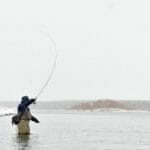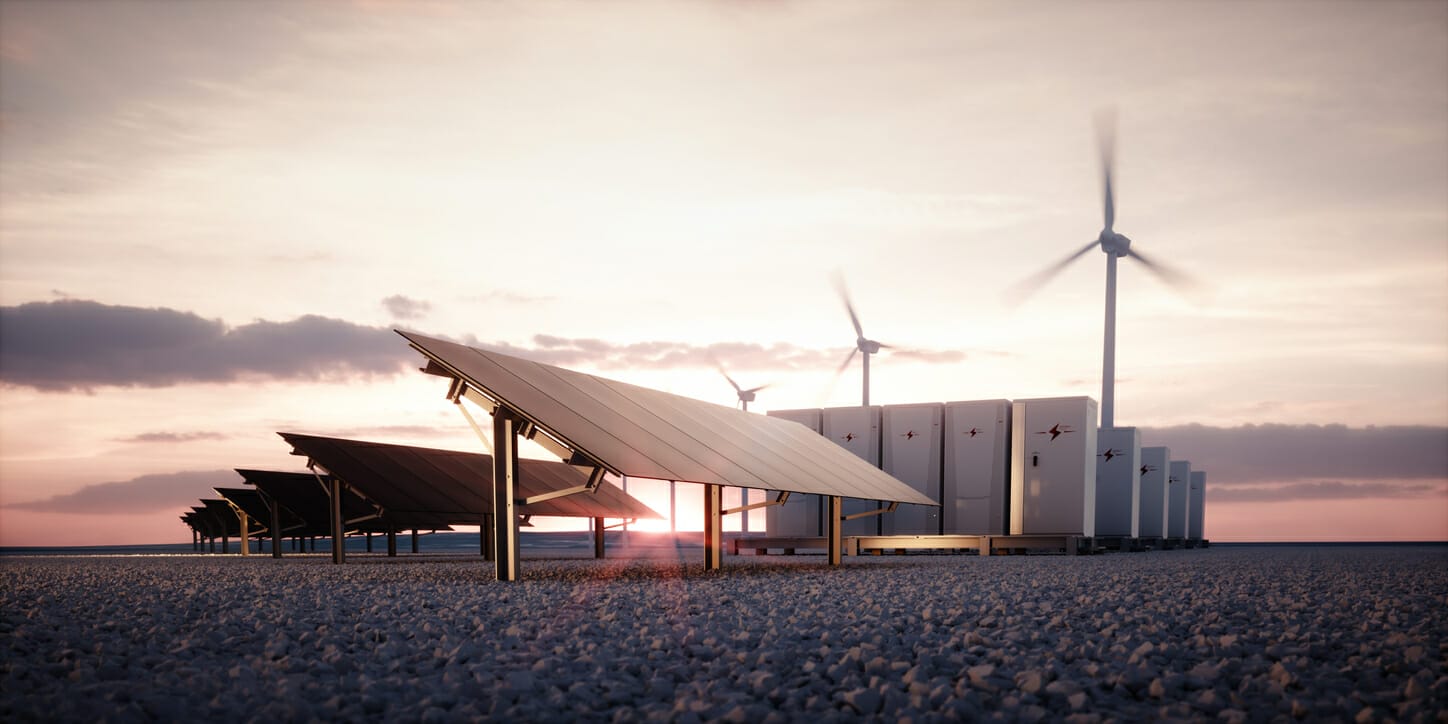Trout Unlimited has worked for decades advocating for balanced management of our public lands that are so important to sustaining healthy trout and salmon populations and our angling and hunting heritage.
Our nation has set ambitious goals for expanding renewable energy development, including the Biden Administration’s goal of a carbon pollution-free electricity sector by 2035, as well as Congress’s instruction to expand wind, solar and geothermal energy projects on public lands to produce at least 25 gigawatts of electricity by 2025.
While reducing carbon emissions is essential to combat climate change and its impacts on trout and salmon, the push to build out renewable energy infrastructure across federal land must be done thoughtfully and not at the expense of native trout and salmon.
The Plan
The Bureau of Land Management’s (BLM) 2012 Western Solar Plan included six southwestern states, Arizona, California, Colorado, Nevada, New Mexico and Utah. In the recently released draft plan for western solar, the BLM expanded the solar planning effort to include Idaho, Montana, Oregon Washington, and Wyoming.
Project applications abound on BLM lands in states like Idaho and Wyoming where renewable energy projects have a greater likelihood of overlapping with watersheds that hold native and wild trout and salmon. In fact, the BLM’s preferred plan opens up 22 million acres for solar projects with approximately 2 million of those acres overlapping valuable trout and salmon habitat.
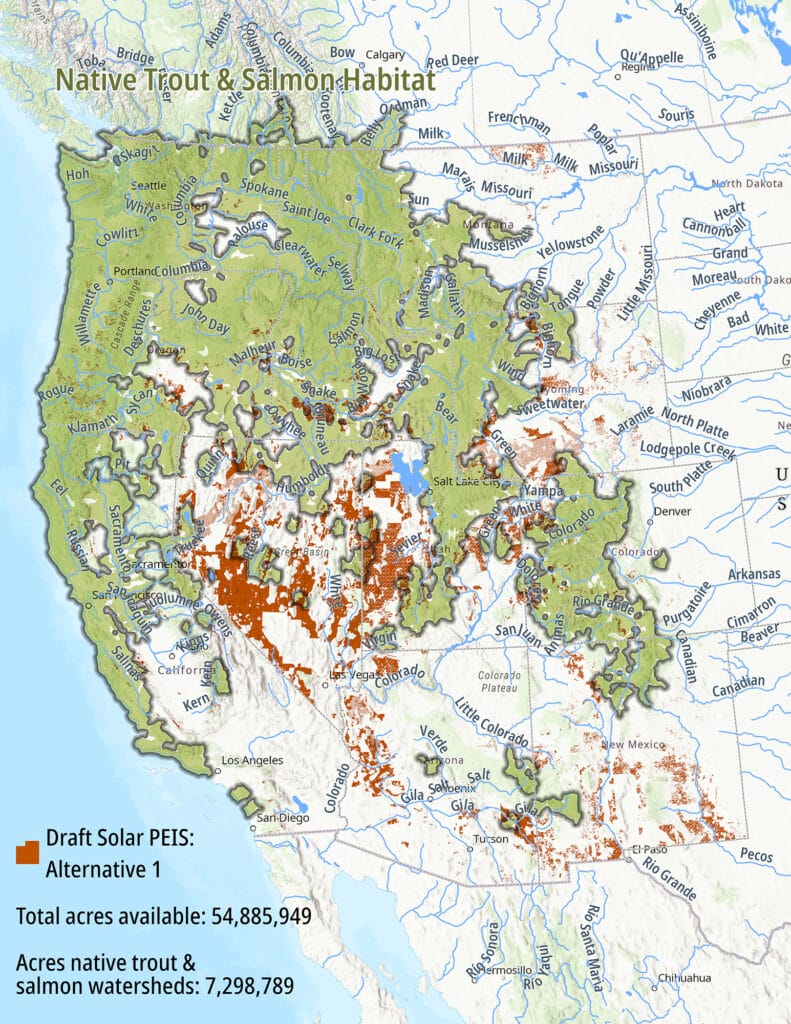
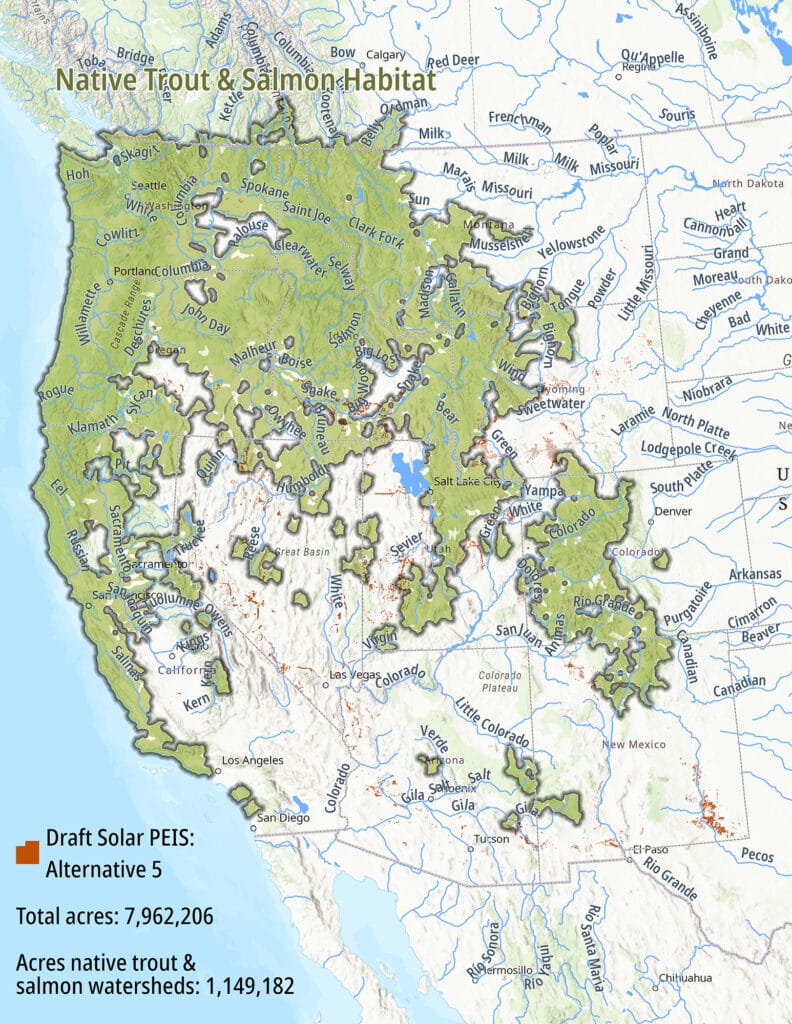
We are encouraged, however, by the BLM taking a programmatic approach determining what lands aren’t opened for solar energy development and what lands are aren’t. The BLM’s multiple-use mandate makes for tough decisions and tradeoffs, and TU remains committed to working with federal, state and local agencies to find a balance that protects fish and wildlife habitat.
Importantly, the BLM needs to ensure aquatic resources are excluded from any impacts of solar energy development. TU has long advocated for responsible energy development and smart-from-the-start siting principles. This means the BLM should first start working with state and local cooperating agencies and public utilities to build-out on previously disturbed lands in urban areas close to existing transmission infrastructure instead of projects on virgin lands near valuable habitat.
There are many unused buildings, parking lots, and big box stores within and close to areas where the power is being consumed that would greatly benefit from solar applications. This would also decentralize power production and decrease utility dependence on big, distant plants that affect large populations when delivery or generation has problems.
Prioritize habitat
Moving forward, no one, including the BLM, wants to expend unnecessary resources on what we see as avoidable pitfalls. We’ve learned so much in the past couple decades, primarily from the oil and gas industry, that we can do better and have both energy production and healthy fish and wildlife populations.
For native trout, seventy three percent of their remaining habitat in the western U.S. is in watersheds on public lands managed by the BLM and Forest Service. Native trout were once abundant across the western U.S., but over half of them have been widely extirpated from their historic range.
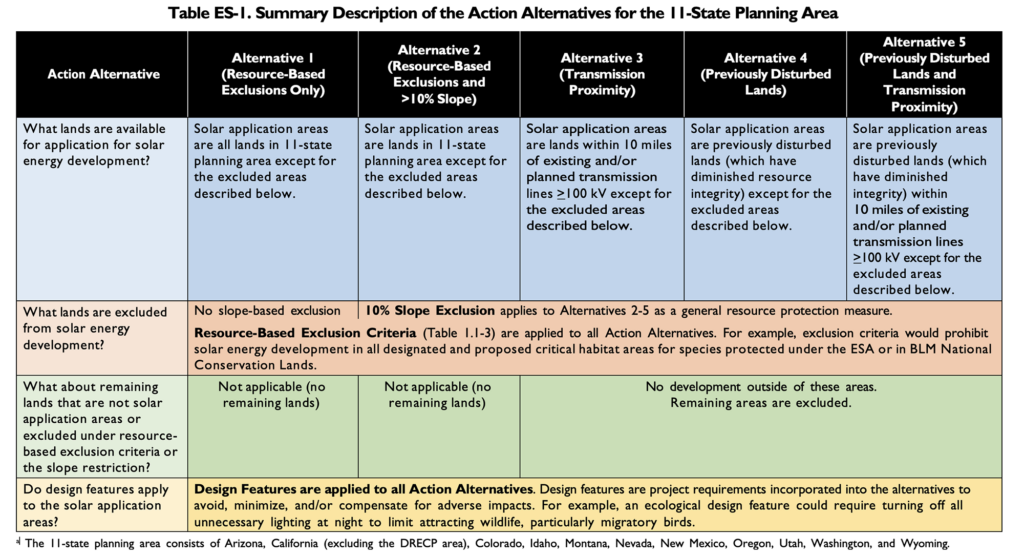
The push for increased renewable energy production on public lands doesn’t need to come at the expense of native and wild trout and salmon, and it is important for the BLM’s final plan to adopt programmatic level exclusions for native and wild trout and salmon habitat. In the draft plan, aquatic resources were not included in the BLM’s exclusion criteria that would be applied to all five of the proposed alternatives.
Protecting aquatic resources should be an upfront requirement, not something considered project-by-project or on a case-by-case basis. Getting this right provides certainty for industry, expedites deployment of a transitioning power grid, conserves the places we hunt and fish, and provides a safeguard for valuable fish and wildlife habitat.
Let’s Do Better
While renewable energy projects on public lands may help us reach our clean energy goals, we must ensure that the impacts of such a build out do not compound the habitat loss and fragmentation that fish and wildlife are already experiencing as a result of climate change and other activities. The magnitude of public land needed to meet clean energy goals is unprecedented. Unlike other forms of energy development—such as wind, geothermal or even oil and gas—utility-scale solar generating facilities are typically fenced and a single use of the land.
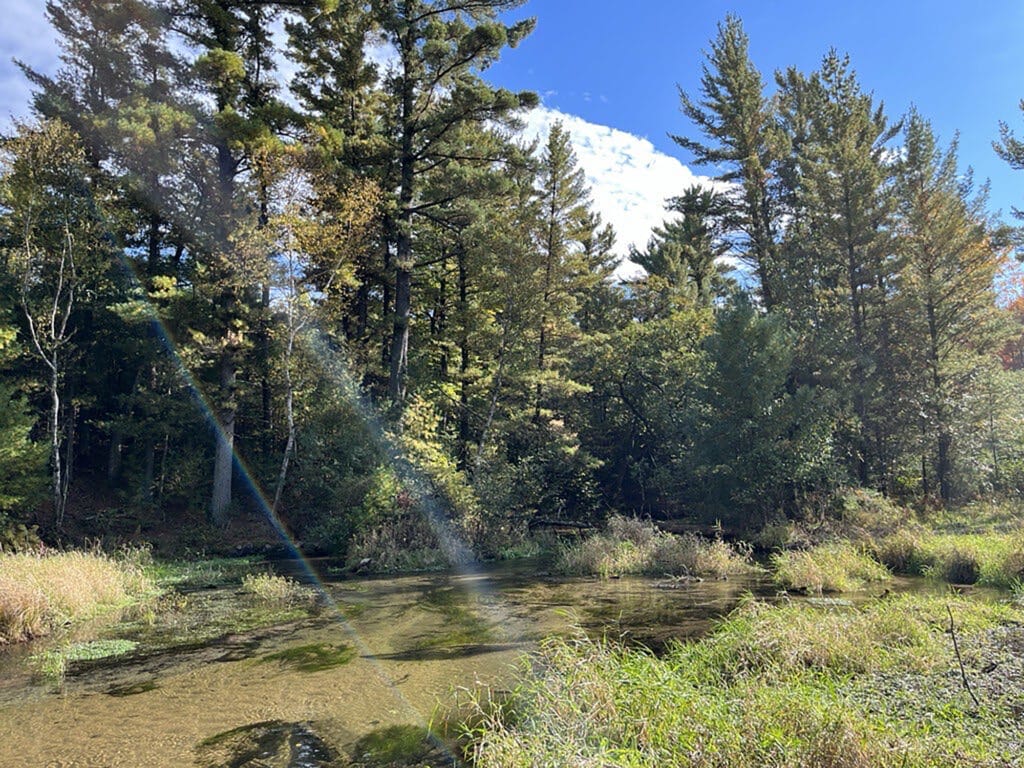
In fact, thanks to a watchful TU member, we’ve already seen where a project was sited on both sides of a fish-bearing stream requiring the company to bore underneath the stream to run cables. Boring resulted in blowing out the stream and sending plumes of suspended sediment into the system. We can do better. If solar energy development is well-planned and appropriately sited, it will go a long way to ensuring the Administration’s climate and biodiversity goals can be met while avoiding, minimizing or mitigating impacts to lands and waters, cultural and Indigenous resources and recreational opportunities.
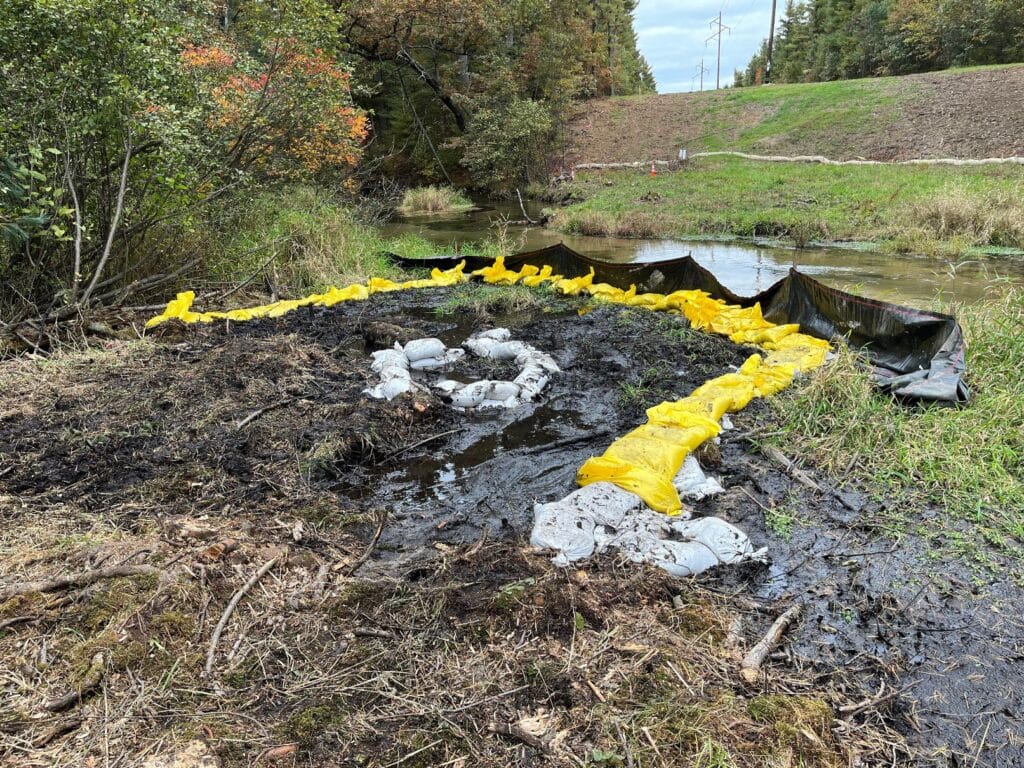
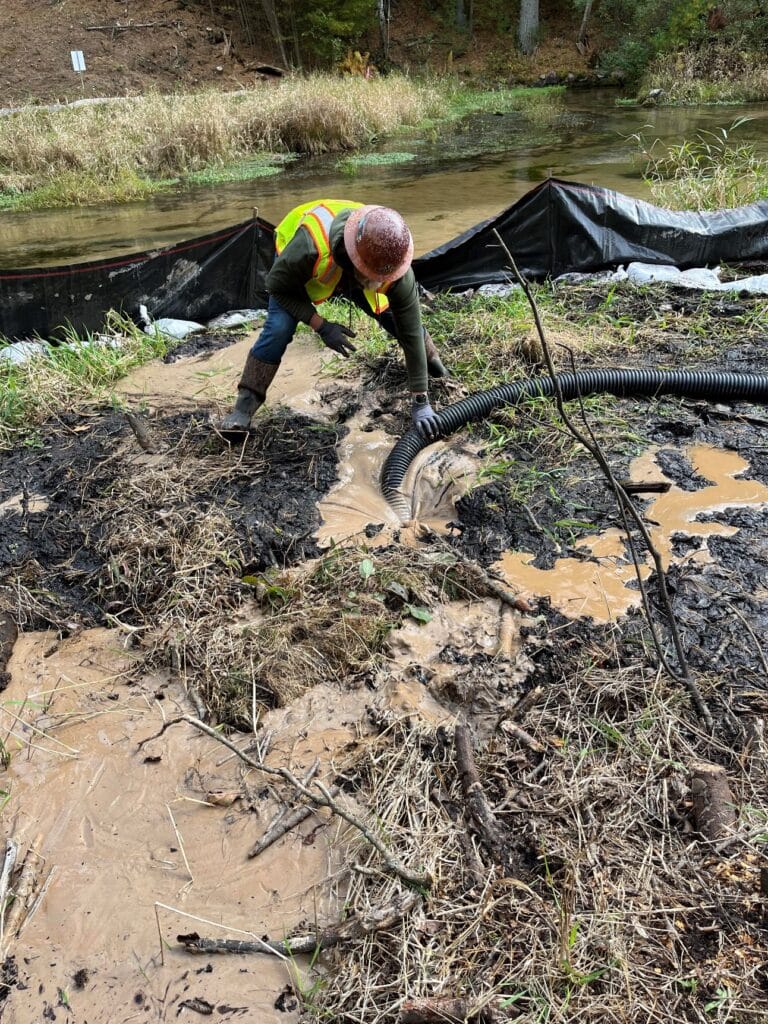
Once the plan is finalized, the BLM will amend land use plans across the West to allocate BLM-administered lands as open or closed for utility-scale solar energy development. TU and our partners engaged in the BLM’s public scoping comment period to provide detailed recommendations on how to minimize the impacts of utility-scale solar development on public lands while increasing generating capacity. Specifically, we urged officials to focus development on previously disturbed lands and exclude areas with high fish and wildlife habitat or recreational value.
We get one chance to get this right and it is essential to balance resource management and conservation needs with new renewable energy demands on public lands.
Go to the comment portal to the ‘Participate Now’ link and tell the BLM to adopt programmatic level exclusions for native and wild trout and salmon habitat in the final western solar plan. You can also submit comments via email at solar@blm.gov.
Importantly, passing bi-partisan legislation like the Public Lands Renewable Energy Development Act (PLREDA) would strike a balance between infrastructure and conservation. Utility-scale solar will be a growing presence on our public lands and PLREDA offers a way to offset impacts to habitat and a revenue stream for counties through royalties.


